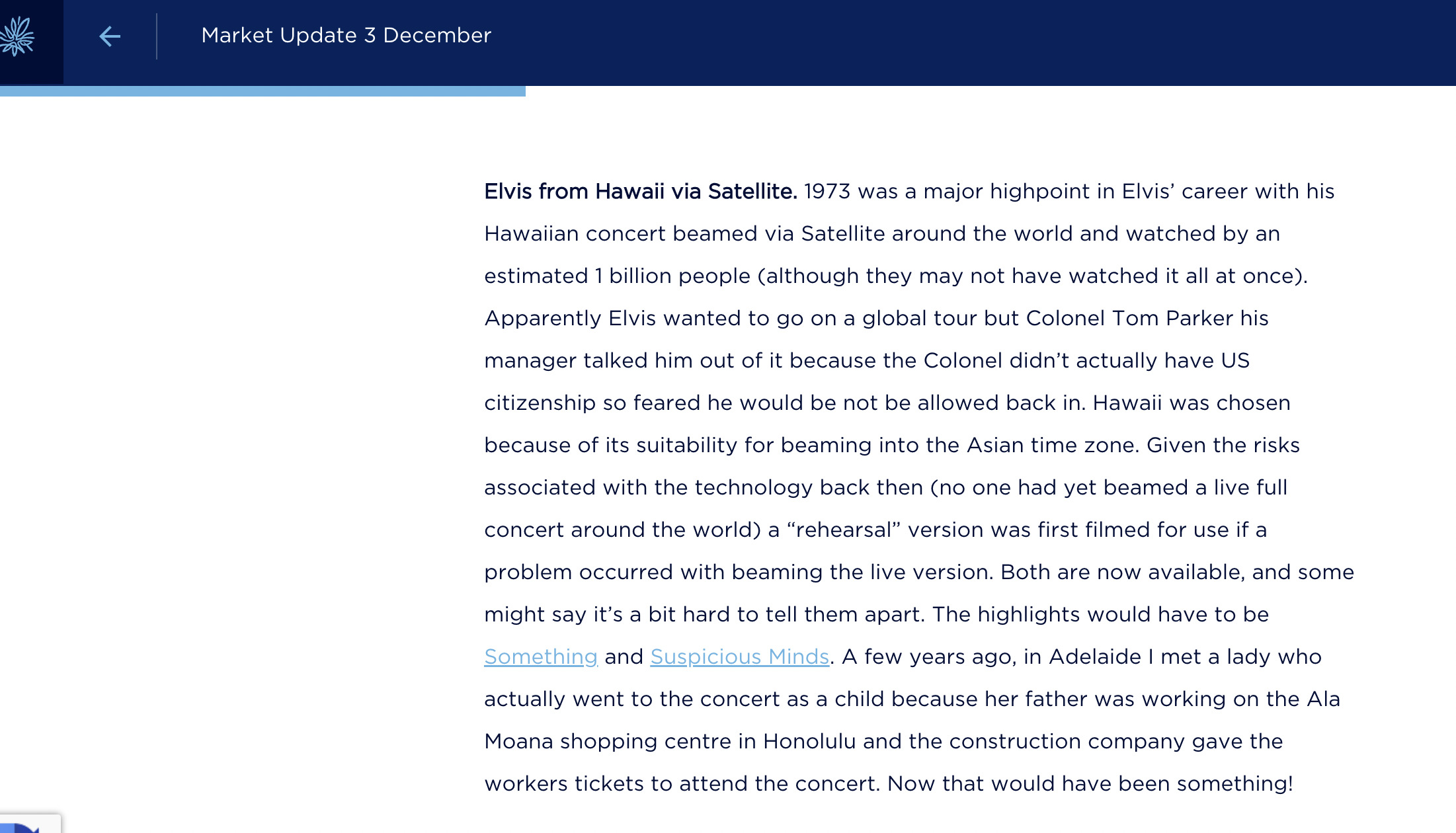The great Sydney housing boom is over but migration and millennials are already working on the next one

Pic: DKosig / iStock / Getty Images Plus via Getty Images
The great Sydney housing boom is over.
After the emerald city posted its first fall in 17 months for February, the latest CoreLogic read has values falling in Sydney for the second straight month. Probably not worth tearing up yet, after all in a land of unaffordable property, Sydney is where prices are the most unaffordable.
It’s probably over in Melbourne too, with house prices in both cities falling last month, but it’s only Melbourne, after all.
Despite a national uptick in the monthly growth rate, where national home values rose 0.7% in March, the dream ascent for Sydney and Melbourne already looks like it’s peaked.
Things still look punchy for the regions, up 1.7% while in Bris Vegas and Adelaide, prices are still rising, up 2% and 1.9% respectively.
AMP Capital’s Shane Oliver says these first fits of the property slowdown are happening earlier relative to the likely timing of the RBA’s incoming rate hikes this cycle because of the bigger role ultra-low fixed rate mortgage lending played this time around in driving the boom higher and faster.
But the show’s not quite over, Oliver adds.
“Laggard cities like Brisbane and Adelaide and possibly Perth and Darwin which are less constrained by poor affordability are likely to be relatively stronger this year with gains likely to persist into the second half of the year,” Oliver says.
Social commentator and co-boss of The Demographics Group, Bernard Salt, says there are still fundamental forces at play which will continue to ensure property remains a centrifugal force in the Aussie way of life. And two of those will be migrants and millennials.
“Australia may not recover to pre-COVID immigration levels, but even moderate immigration will build the case for real estate demand.
“Demand will also be driven by the next generation of homebuyers: millennials. Over the next five years, the fastest-growing age group in Australia will be those in their late 30s and early 40s. This ‘mini boom’ generation is ready to upgrade from inner-city apartments to family homes, and their lifestyle expectations have adjusted to new ways of working and living through a global pandemic.”
For now, growth rates running out of juice
CoreLogic’s research director, Tim Lawless, says Sydney’s growth rate is falling fastest, down from a peak of 9.3% in the three months to May 2021, to just 0.3% in the first quarter of 2022.
Melbourne’s housing market has seen the quarterly rate of growth slow from 5.8% in April last year to just 0.1% over the past three months. But again, whatevs Melbourne.
Lawless says his team is seeing housing growth rates losing momentum.
“Virtually every capital city and major rest-of-state region has moved through a peak in the trend rate of growth some time last year or earlier this year,” Lawless said.
“The sharpest slowdown has been in Sydney, where housing prices are the most unaffordable, advertised supply is trending higher and sales activity is down over the year.
“There are a few exceptions to the slowdown, with regional South Australia recording a new cyclical high over the March quarter and some momentum is returning to the Perth market where the rate of growth is once again trending higher since WA re-opened its borders.”
With the softening in market conditions, the national annual growth rate (18.2%) has fallen below the 20% mark for the first time since August last year, after reaching a cyclical high of 22.4% in January 2021.
Oliver says the latest housing data confirms average national house prices will peak later this year as interest rates rise.
Then we should be back in something akin to a cyclical downswing with a combo of poor affordability and more home buyers opting out of the market during tougher economic times.
The evidence, according to AMP Capital, is rising fixed mortgage rates, which are up more than 75% from their lows last year and still rising.
And these fab five reasons are also pretty convincing from Oliver – he is after all, the man who put the Elvis back into Economics*
1.The RBA likely to start hiking rates in June
2.This will likely pushing variable mortgage rates up by nearly 1% by year end
3. Rising inflation which will make it even harder to save for a deposit
4. Higher supply in Sydney and Melbourne as a result of vendors seeking to take advantage of high prices and solid construction after two years of zero immigration
5. The rotation in consumer spending back towards services as reopening continues – which may reduce housing demand
The Elvis back into Economics*
Yes. totally. This screenshot is from the doctor’s December 3rd weekly note. No explanation, just a gorgeous easter egg of rock history inside some typically hardcore economic data.

UNLOCK INSIGHTS
Discover the untold stories of emerging ASX stocks.
Daily news and expert analysis, it's free to subscribe.
By proceeding, you confirm you understand that we handle personal information in accordance with our Privacy Policy.








